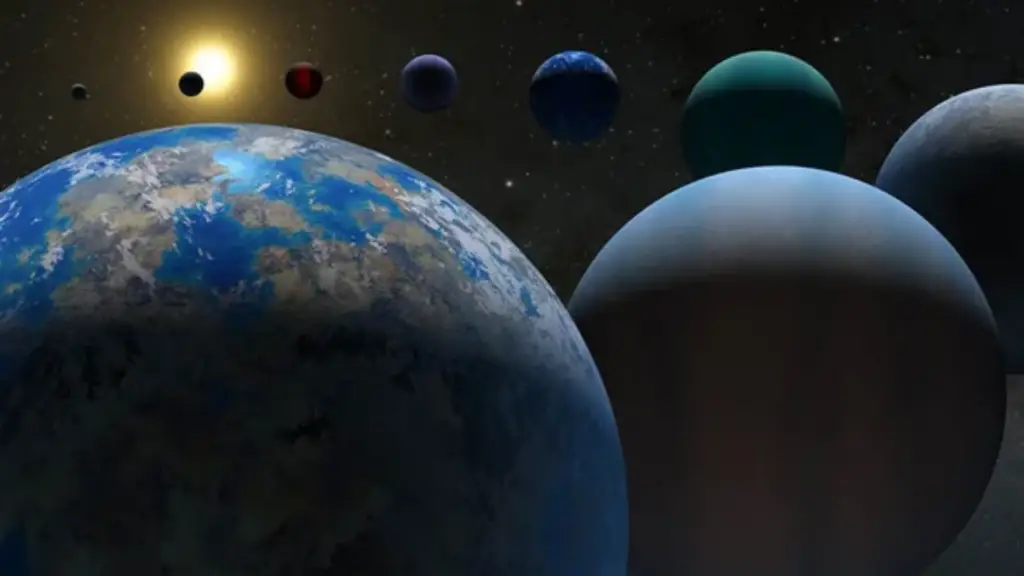Have you ever wondered if you can discover new planets using your personal telescope or smartphone? If you have the necessary equipment needed for sky-watching, you should consider helping NASA to discover new planets. The American Space Agency’s Exoplanet Watch Program is seeking the assistance of citizen scientists in tracking new planets outside our solar system.
These categories of planets that orbit other stars are generally classified as an exoplanet. If you want to participate in this study, you can use your own telescope to search for exoplanets. However, you can also analyze data obtained from other powerful telescopes to see if you can discover planets that have never been spotted before. How can you join the search for new planets? Continue reading to find out.
How you can join the search for new planets
NASA is one of the top space agencies that are on the move to uncover as many planets as possible in our home galaxy. Keep in mind that there are hundreds of billions of planets orbiting around hundreds of billions of stars in the Milky way galaxy alone. Based on our scientific exploration of the Cosmos, we have explored only about 5 percent of the Universe. This implies that there are still many planets to be discovered.
NASA wants to use its Exoplanet Watch Program to unveil more hidden planets and improve our astronomical knowledge of the Universe. This program officially commenced in 2018 under NASA’s Universe of Learning. This is one of NASA’s Science Activation programs that open the door for anyone willing to discover the universe for themselves and understand how science works.
“With Exoplanet Watch you can learn how to observe exoplanets and do data analysis using software that actual NASA scientists use,” Rob Zellem, the creator of Exoplanet Watch and an astrophysicist at NASA’s Jet Propulsion Laboratory (JPL) in California, revealed in a statement. “We’re excited to show more people how exoplanet science is really done.”
At the beginning of the Exoplanet Watch program, NASA limited the amount of data people could access while conducting their studies in making discoveries for humanity. However, the program is now more accessible than ever. You can now access more data obtained by other telescopes and increase your chances of spotting a new planet. The new statement released by NASA reveals that anyone can download and study the data to make their fascinating discoveries.
Currently, over 5,000 confirmed exoplanets have been discovered. However, there are millions of other exoplanets to be discovered with the effort of planetary scientists across the world. Hence, if you have been longing to discover a planet, this could be a great opportunity for you. Most of these exoplanets have unique features that are quite different from planets in our solar system. These features range from planets with scorching hot temperatures, to planets with rocky or glass clouds and other fascinating features.
Astronomers relied on the transit method to discover most of the known exoplanets today. Using the transition method implies that astronomers search for the slightest dimming of the host star as the planet moves in between its sun and the observing telescope. Astronomers analyze the time between each transit to determine the duration it takes an exoplanet to complete an orbit around its host star.
However, astronomers do not measure just one transit to conclude the features of the exoplanet. They conduct numerous transits to ensure that they obtain the necessary information about the planet. In fact, the more transit recorded, the more accurate the obtained data will be. You don’t necessarily need a bigger telescope to spot a new planet in space. Exoplanet Watch Program can educate you on how to detect exoplanet transit even if you are using a smaller telescope.
“Exoplanet Watch combines observations of the same target by multiple sky watchers in order to get a higher-fidelity measurement, combining observations is also useful if the planet’s transit lasts longer than the time a star is visible in the sky for a single observer: Multiple participants at different locations around the globe can collectively watch the duration of a long transit,” NASA officials wrote in a statement.
This statement implies that you can collaborate with other skywatchers to obtain a more accurate result. In fact, an active collaboration by over 20 Exoplanet Watch participants led to the discovery of an exoplanet named HD 80606 b.
“I hope this program lowers barriers to science for a lot of people and inspires the next generation of astronomers to join our field,” Zellem said in the statement.
Do You Need A Telescope to Participate in the Exoplanet Watch Program?
The answer is simply No. You don’t necessarily need a telescope to participate in the program as it allows even amateur astronomers to study 10-year data of exoplanet observations obtained by a small ground-based telescope located in the South of Tucson, Arizona. The program will also allow participants to access new data collected by two telescopes at JPL’s Table Mountain facility in Southern California to review and come up with fascinating discoveries.
“Having volunteers sort through the data will save significant computing and processing time. This work will help scientists anticipate the variability of a particular star before they study its exoplanets with large, sensitive telescopes like NASA’s James Webb Space Telescope,” NASA official wrote.
You can Proceed to Join the Exoplanet Watch Program from here.
Conclusion
If you have anticipated discovering new planets, this could be the right opportunity for you. NASA wants you to participate in this year’s program and make fascinating discoveries for mankind. NASA’s James Webb Space Telescope will continue observing the universe to discover more hidden planets. What do you think about this program?




